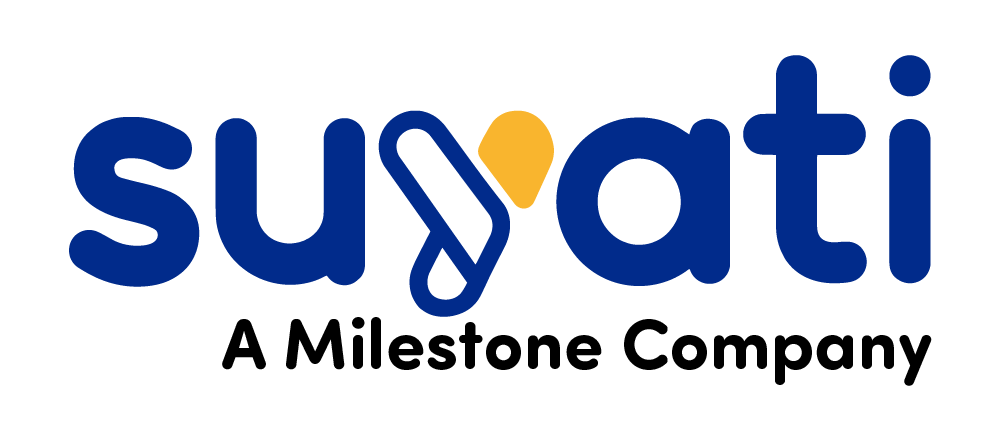 In the last few years there has been a lot of hullabaloo on housing your RDBMS and mission critical business data on the Cloud or using a database which is driven by a database engine on the cloud. Although most of the business have desisted from making a major shift to any cloud based data architecture and storage, the prospect of this new technology garnering a sizeable share in the relational database usage is not a distant possibility.
In the last few years there has been a lot of hullabaloo on housing your RDBMS and mission critical business data on the Cloud or using a database which is driven by a database engine on the cloud. Although most of the business have desisted from making a major shift to any cloud based data architecture and storage, the prospect of this new technology garnering a sizeable share in the relational database usage is not a distant possibility.
These cloud based data services allows businesses to rapidly create, scale and extend applications into the cloud and relieve themselves from the expensive tasks of maintaining servers, infrastructure and other resources needed for their maintenance.
Today, we will talk about two popular cloud based data services which can be used to host SQL Server databases on the cloud and the pros and cons of these services with respect to each other.
1) Amazon Relational Data Service (Amazon RDS)
A recent entrant into the cloud based data services market, Amazon RDS, in a short frame of time has been able to generate considerable interest and establish itself as one of the major players in this segment. This service supports various RDBMS like ORACLE, MySQL and Microsoft SQL Server database engines on the cloud, allowing businesses to concentrate their focus on applications and core area. Most of the full features and capabilities of a relational database are available on the cloud. Coupled with the option to migrate the existing applications and the tools to work with them, the Amazon RDS service offers a viable and cost effective proposal to the companies.
Pros
- Provides full support of database features
- Has inbuilt monitoring mechanisms for administration
- Maximum database size is 1 TB
- Supports database snap shots; database backup shelf size is 31 days
Cons
- Databases are not replicated across multiple locations
- Encrypted connections are not supported which is a security risk
- Minimum database size supported is 20 GB
2) SQL Database (formerly known as Microsoft SQL Azure)
SQL Database, a cloud based database service from Microsoft was one of the first products introduced in the data services market. This product is tightly tied to Microsoft SQL Server RDBMS engine and the features supported by the stand-alone product are available on the cloud.
Pros
- The administration interface is very simple to use
- Supports very small databases without any minimum size restriction
- Better security in the form of encrypted connections to and from the cloud
- Allows keeping of multiple redundant database copies
Cons
- Does not support the business to take any decision on the hardware used internally for storage
- Maximum size allowed for a database in 150 GB
- Not all features of standard a SQL server are offered and supported in the service
- Restricted view of database information and limited monitoring.
- Does not support use of Customized alerts
It will be interesting to see how these two services fare against each other in the future and what other alternatives become available for cloud data services, but if the initial indicators are anything to go by, Cloud data services are here to stay and change the way data is stored, retrieved and used for business!!
About the Author

S. Karthikeyan, or SK as he is better known, has 19 years of experience in designing, leading and delivering world-class software solutions. His specialties include Product Ideation, Innovation & Strategy, Enterprise & Solution Consulting, Data Science Solutions, and Digital Transformation. As Chief Innovation Officer, SK ensures that experimentation and innovation continues unfettered at Suyati Technologies. He leads the Mekanate team that is developing a Digital Transformation platform using AI, ML, IoT and Big Data technologies. He holds a Masters Degree in Computer Application, and Advanced Certificate in Information Technology Management from IIM, Kozhikode. The opportunity to build technically complex solutions is what runs through his mind all day, and probably keeps him awake at night! Connect with him on LinkedIn.
